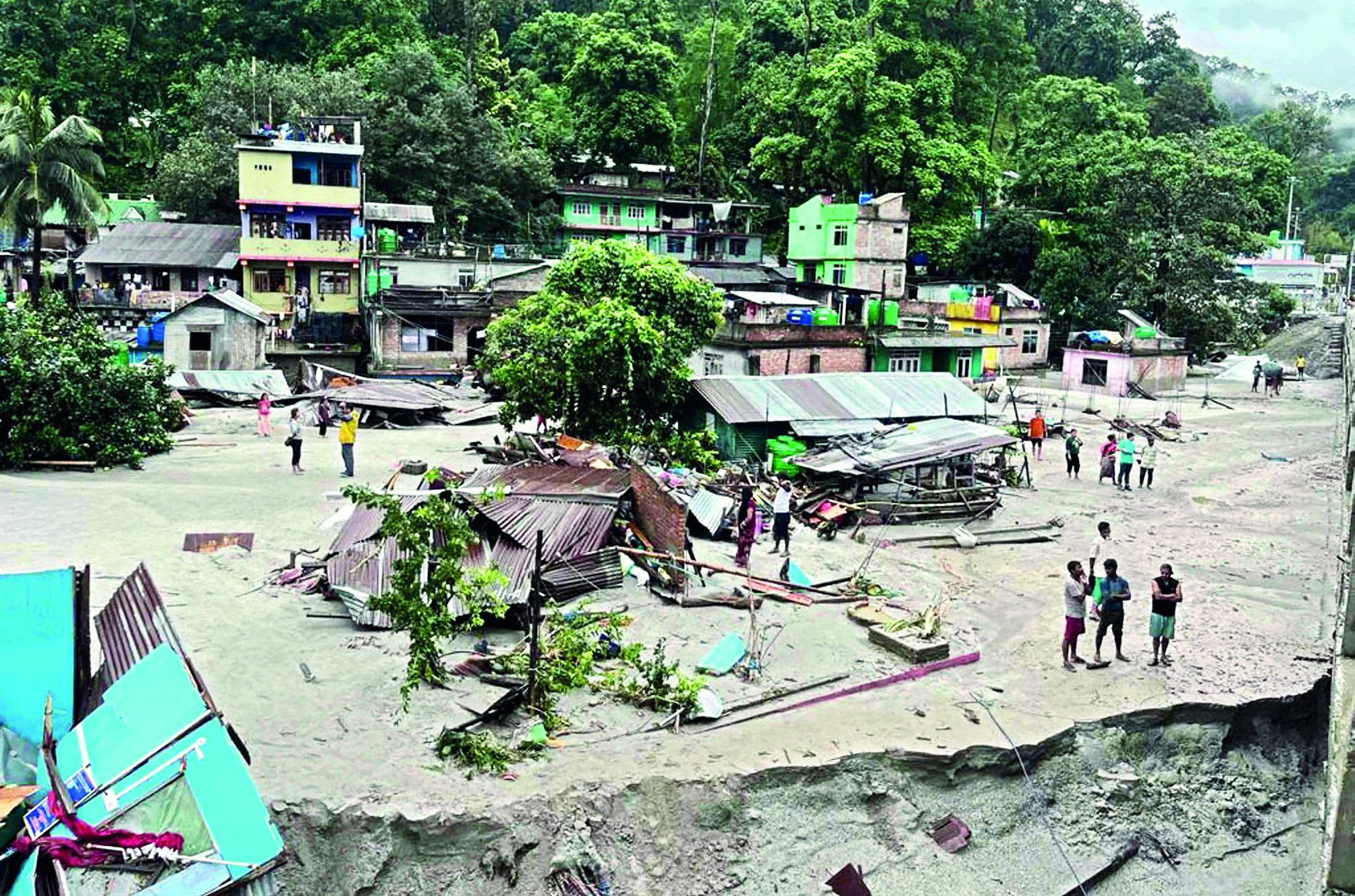‘Alipurduar, Jalpaiguri may face disaster like Sikkim’

Alipurduar and the Jalpaiguri districts, may face a bigger disaster than Sikkim, according to a group of experts.
This heightened risk is attributed to the presence of over 200 small and large lakes in the northern part of Bhutan, some of which are glacial in origin.
Bhutan receives more rainfall than Sikkim. Experts advise constant monitoring and sharing of data and information between the two countries to reduce risks.
The Central Water Commission, the North Bengal Flood Control Commission, and the Army should establish close communication with Bhutan during the monsoon. If any unusual developments occur in the northern regions of Bhutan, these should be promptly reported to the district administration of Alipurduar and Jalpaiguri, advice experts.
Subir Sarkar, a researcher and former professor in the Geography Department of North Bengal University, stated: “Alipurduar and Jalpaiguri could face disasters similar to Sikkim. Glacial lakes are not uncommon and can be found worldwide. The disasters are caused by glacial lake outburst floods. It is essential to drain these lakes before they become hazardous. Monitoring over 200 lakes in northern Bhutan is manageable, and we can utilise satellite images and Army drones for this purpose. Furthermore, effective communication and coordination among all concerned institutions are crucial to prevent incidents similar to the one at Sikkim’s Lonak lake.”
Edwin Penjor Bhutia, the In-Charge of the Geography Department at Alipurduar University, pointed out, “We must monitor the water capacity of the reservoirs and the dams in Bhutan, particularly given the threat of earthquakes in the region. We are living in a high seismic zone, and any day, an unexpected event can occur that may have a significant impact on these lakes
and dams.”
Animesh Basu, the Coordinator of the Himalayan Nature and Adventure Foundation (HNAF), emphasized, “As people exploit nature, they often bring about their own peril. Ninety-nine per cent of the rivers in the Jalpaiguri and Alipurduar districts originate in Bhutan, along with many glaciers. Bhutan hosts nine major hydroelectric projects. While hydropower projects are closely monitored, there is almost no monitoring at the source of the glaciers. This lack of oversight raises the possibility of dangers similar to those seen in Sikkim. To minimize flood damage, rivers should be allowed to flow in their natural course in the mountains. It is imperative that the Water Commission, Army, and NGOs maintain close communication especially during monsoons from June to September.”



